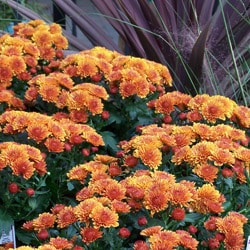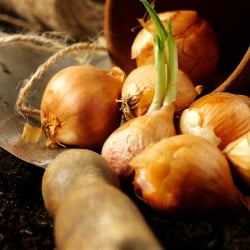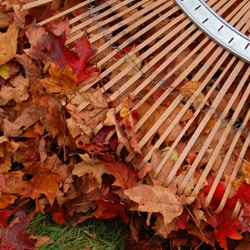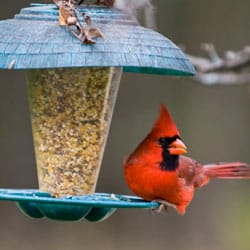Fall Gardener’s Calendar
SEPTEMBER
Spruce up the landscape by planting Fall Pansies, Flowering Cabbage & Kale, Garden Mums, Fall-Blooming Perennials, as well as Trees and Shrubs.
Pick up your Spring Flowering Bulbs like tulips, daffodils, crocus, hyacinths, snowdrops, and more! An Auger for the drill will also help make planting easier. Don’t forget the Bulb Food.
Plant cool-season salad greens (arugula, lettuce, radishes, and spinach) in cold frames.
Now is the time to aerate, re-seed, and apply Fall Lawn Food to the lawn. It is also important to keep the weeds under control for a better lawn next Spring. Remember to keep grass seed damp; water every day if necessary. You will also want to check for grubs. Increased activities of skunks, raccoons, and moles, as well as brown patches that peel back easily, are an indication of grub activity. See us for any grub problems so we can suggest the right product!
Treat houseplants with Systemic Granules and one of our contact sprays like Neem now to get rid of any insects before bringing them into the house prior to the first frost. Come see us for the best suggestions!
Clean out garden ponds and pools. Cover with Pond Netting before the leaves start falling.
OCTOBER
Plant bulbs. Fertilize with Espoma Bulb-Tone and water well.
Divide daylilies and spring-blooming perennials, including iris and peonies. Don’t be tempted to prune your spring flowering shrubs like forsythia, azaleas, camellia, holly, lilac, rhododendron, spirea, or viburnum, or you will destroy next year’s buds.
Rake leaves from the lawn and lower the mower blade. Check your compost pile. Now is a good time to add a compost accelerator to help break down brown leaves and lawn clippings.
Dig up summer-flowering bulbs, such as dahlias, cannas, tuberous begonias, caladiums, and gladiolus, after the frost kills the top growth.
Fertilize your trees after the leaves fall with Tree Tone. Fertilize azaleas, rhododendrons, and evergreens with Holly-Tone and other shrubs with Plant-Tone.
Keep your bird feeders full and clean. Clean out birdbaths, refill, and purchase heaters for the winter.
Clean up and destroy diseased rose leaves and any debris surrounding shrubs and perennials.
Remove annuals, roots, and all, and add to your compost pile, but do not add any diseased material to it.
Cut back perennials unless they feature ornamental seed heads and Fertilize (see us for suggestions). Prune long raspberry and rose canes back to a height of three feet. Clean up your beds and gardens to avoid harboring insects and diseases over the winter.
Pot hardy spring bulbs for a spring container (crocus, daffodil, hyacinth, and tulip) and place in a cold frame or cool garage (40 degrees) or plant directly into the ground and mulch. Keep evenly moist.
Update garden notes, keep track of successes and failures (wrong plant in the wrong place or poor weather conditions), gaps in planting (so you don’t have to look at an empty space next year), and write your plans for future planting and landscape changes.
Water all landscape plants well and mulch before the winter cold sets in.
Spray broad-leaf evergreens, azaleas, rhododendrons, boxwood, and rose canes with Wilt Pruf or Wilt Stop for protection against wind and cold weather.
















